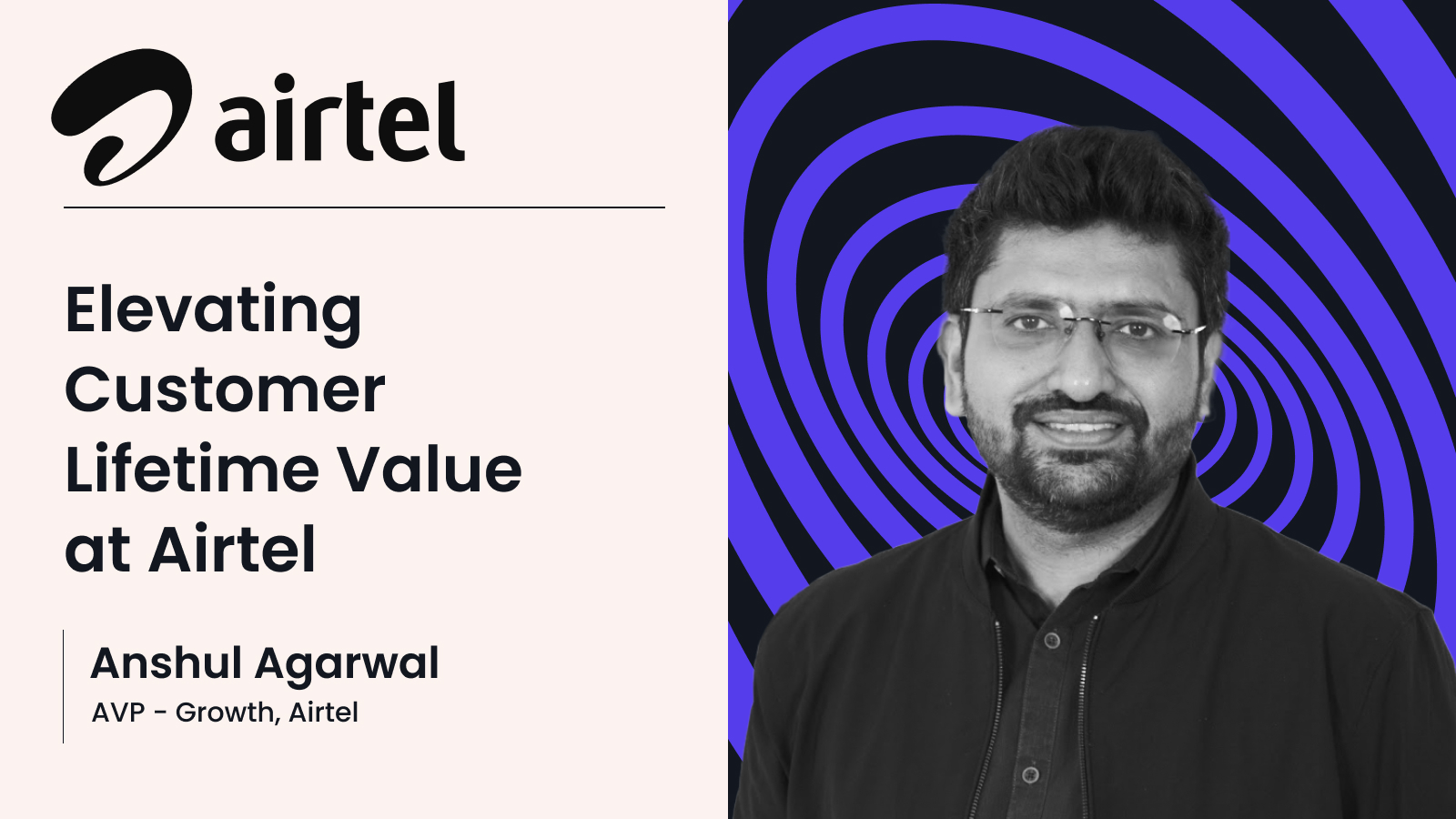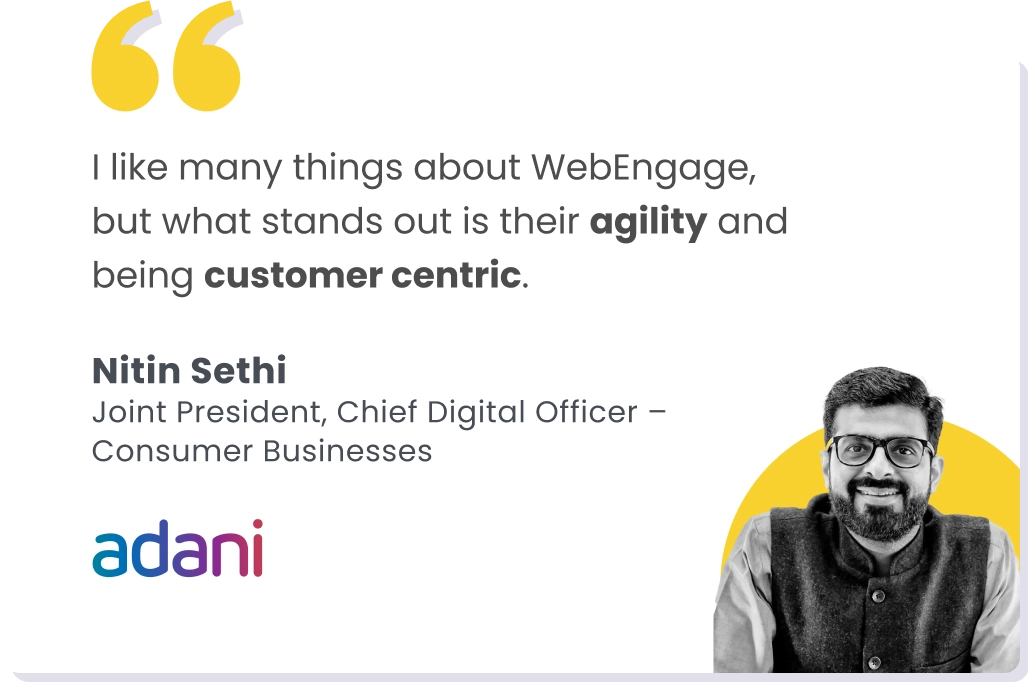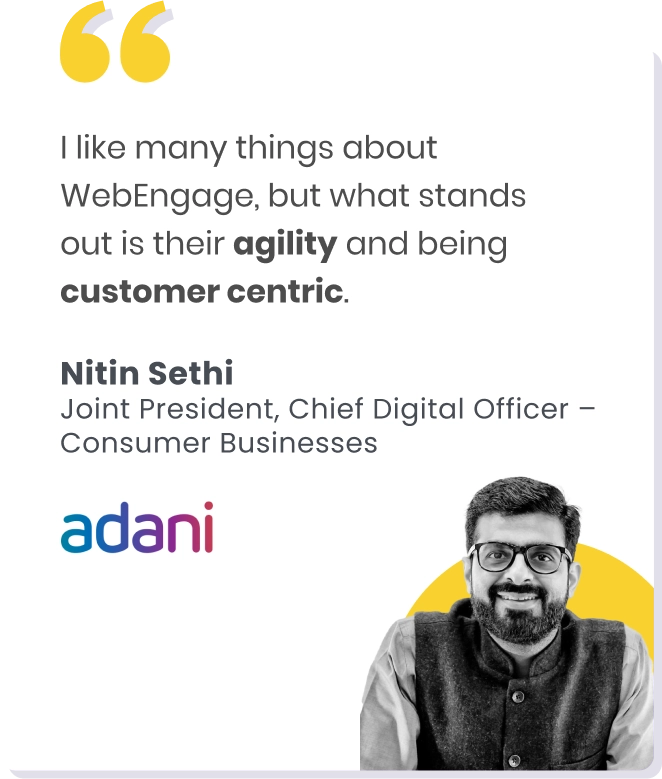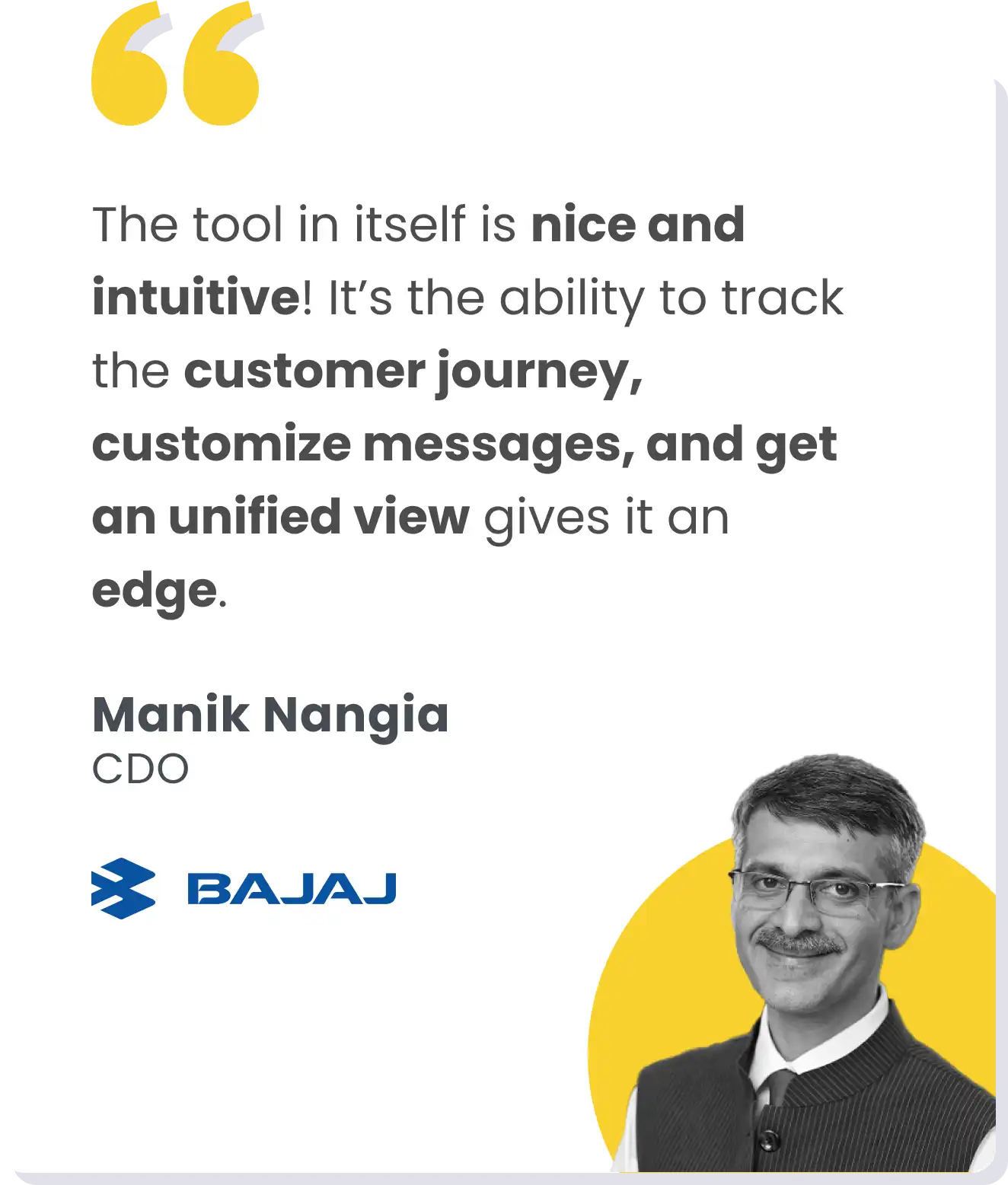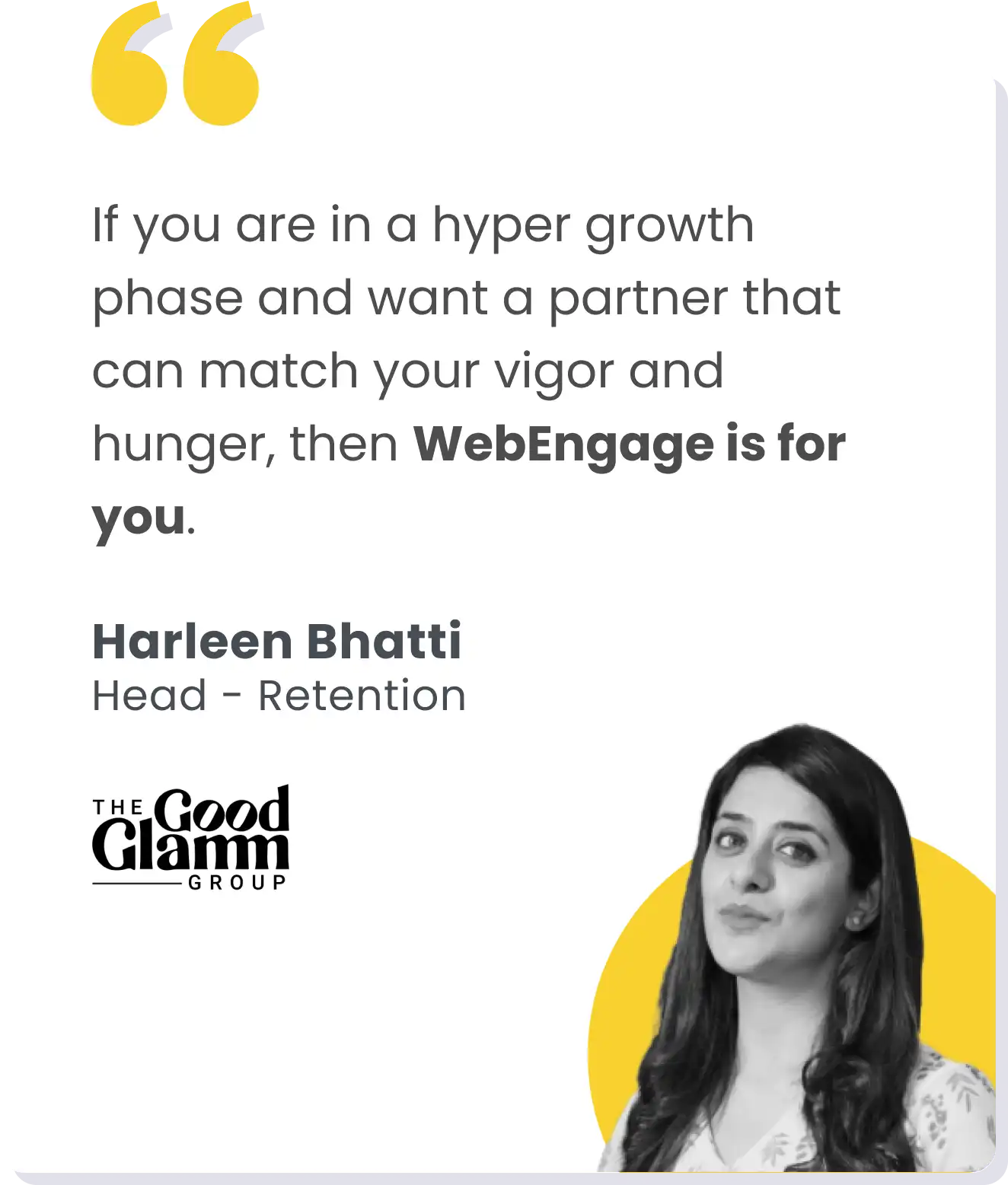As growth marketers, we often find ourselves caught up in the whirlwind of acquisition metrics. But here’s the hard truth: acquisition without retention is just a leaky bucket.
In my years leading growth at companies like Groww, MPL, and Domino’s, I’ve learned that mastering customer retention is the key to building a resilient, profitable business.
In this blog, we’ll explore the fundamentals of customer retention and actionable strategies to supercharge your retention efforts.
Understanding the Importance of Customer Retention
First things first — why does retention matter so much? It’s simple economics. The cost of acquiring a new customer far outweighs the cost of retaining an existing one. But beyond that, retention directly impacts your bottom line through increased Customer Lifetime Value (CLTV) and improved unit economics.
At Groww, we found that even a slight improvement in customer retention percentages led to a significant boost in CLTV. It’s not just about keeping customers; it’s about nurturing them to become power users who drive exponential value for your business.
This impact becomes even clearer when we consider the payback period. Better retention shortens the time to recoup acquisition costs, improving cash flow and enabling more aggressive growth strategies. It’s a virtuous cycle—better retention leads to faster payback, which in turn allows for more investment in both customer acquisition and retention.
Segmentation: The Foundation of Effective Retention
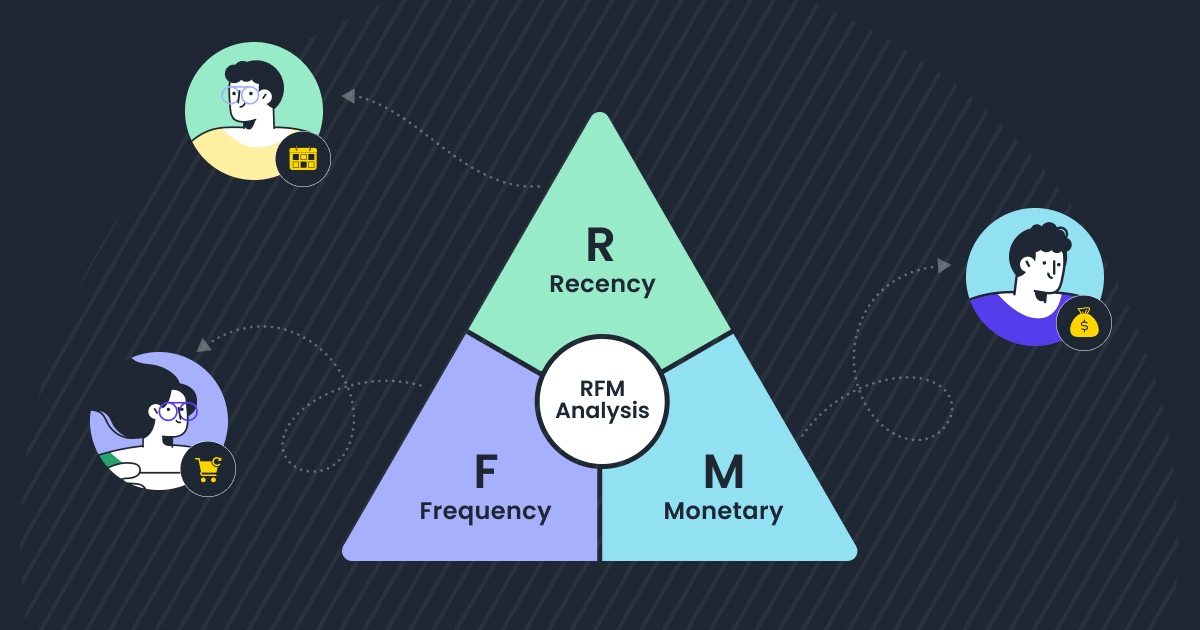
With the importance of customer retention established, the next question is: how do we actually improve customer retention? The answer starts with understanding that one size doesn’t fit all regarding retention. Every customer is on their own journey, and treating them accordingly is crucial. This is where segmentation comes in.
Start with a basic RFM (Recency, Frequency, Monetary) segmentation and build from there. At MPL, we discovered that focusing on activation—getting users to complete key actions within the first seven days—was a game-changer for long-term customer retention. We coined the term “3D7” — three games in seven days — as our north star metric for new user activation.
Omnichannel Engagement: The Right Message, Right Time, Right Channel

Once you’ve nailed customer segmentation, the next step is to leverage these insights in your communication strategy. This is where omnichannel engagement comes into play. But remember, it’s not about blasting messages everywhere but about creating a seamless experience that meets customers where they are.
You need to understand that effective omnichannel engagement extends beyond just digital channels. At Groww, we’ve seen great success with our offline events. These events not only provide value to our users but also create a sense of community that significantly boosts retention.
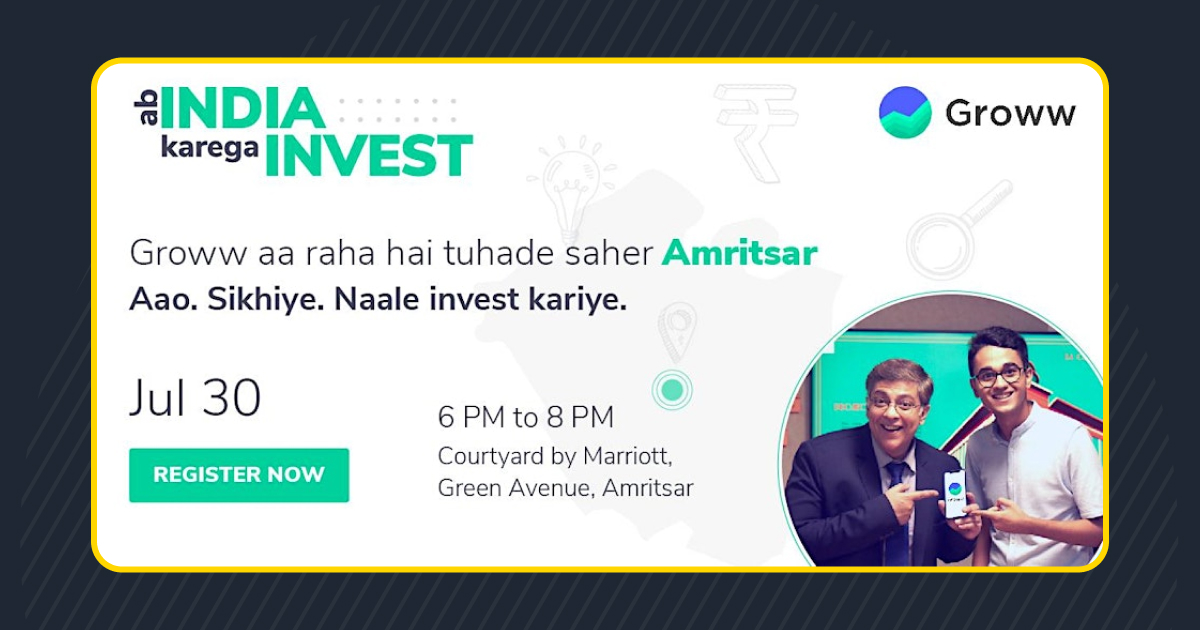
Quality Products: Building Beyond Features
While effective communication is crucial, customer retention isn’t just about marketing—it’s deeply intertwined with the product. After all, even the best marketing can’t retain users if the product doesn’t consistently deliver value. At Groww, we’ve focused on building features that keep users coming back, even when market volatility might otherwise deter them.
For example, we directly introduced educational content and market insights into the app. This not only provides value during market downturns but also positions Groww as a trusted advisor, strengthening the user relationship beyond just transactions.
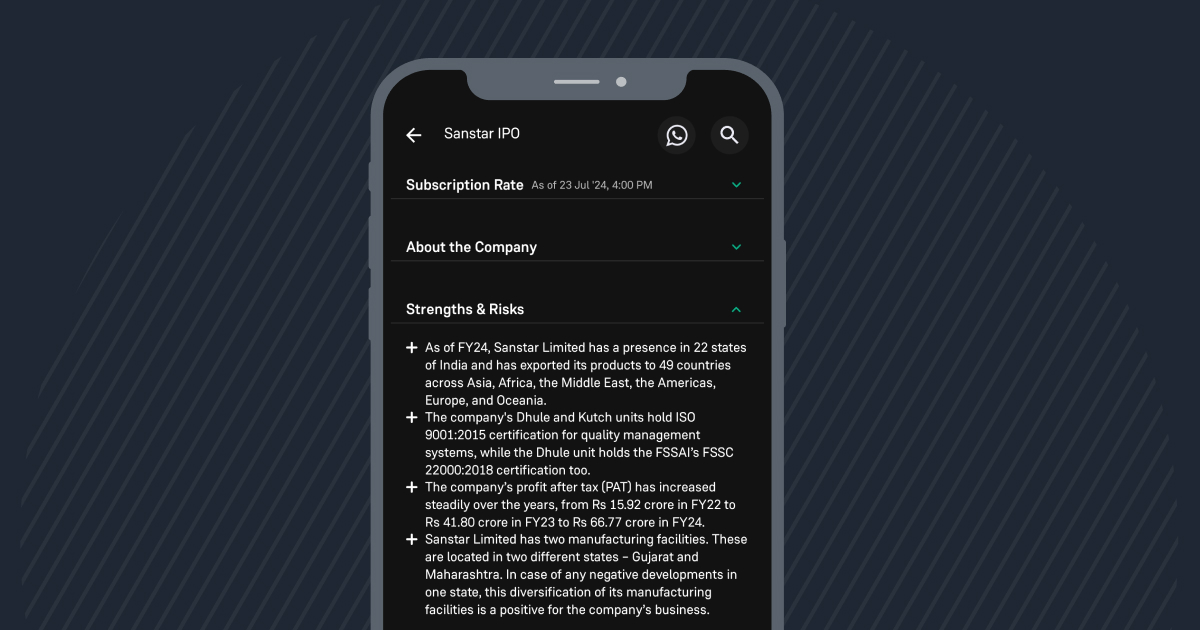
Metrics: Measuring What Matters
As retention marketers, we need to be data-driven in our approach. But it’s not enough to look at surface-level metrics. We need to measure the incremental impact of our efforts.
This is where the concept of global control groups comes in. By maintaining a segment of users who don’t receive any marketing communications, we can accurately measure the true impact of our retention initiatives.
Conclusion
Customer retention is not a set-it-and-forget-it endeavor. It requires constant iteration and experimentation. Whether it’s testing new messaging, exploring emerging channels, or refining your product features, adopt a culture of continuous improvement.
The most successful retention initiatives at every company I’ve worked with have come from rigorous experimentation and a willingness to challenge assumptions. Don’t be afraid to fail – each successful experiment brings you closer to retention mastery.
Remember, in the world of growth marketing, retention isn’t just a metric – it’s a mindset.
Author Bio:
Sankalp Rohatgi is the Head of Growth at Groww, a leading fintech platform in India. With over 13 years of experience in growth marketing, Sankalp has driven user acquisition and retention strategies for prominent companies like MPL, Domino’s, and Oyo.
Sankalp is passionate about leveraging data-driven insights to create impactful growth strategies in the digital age.





